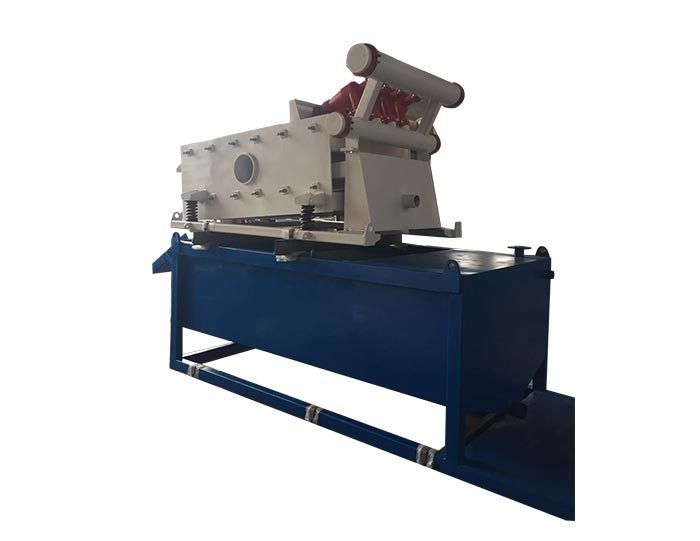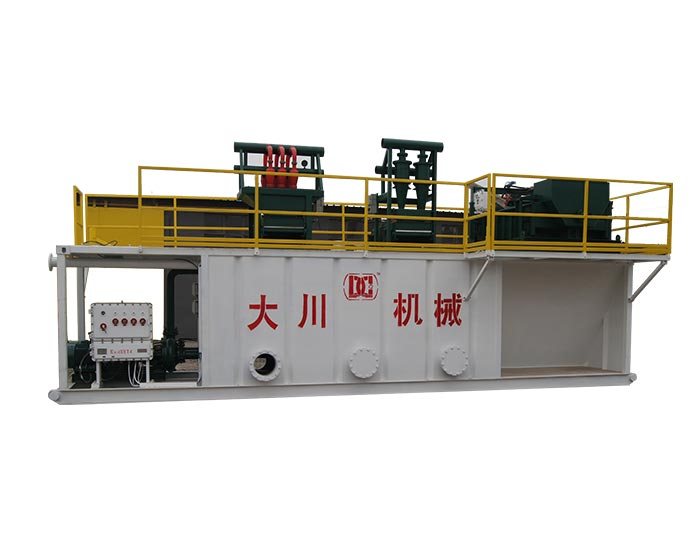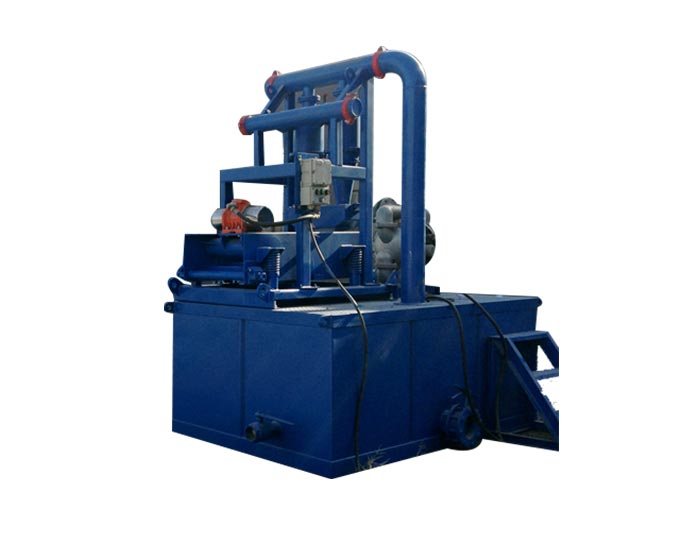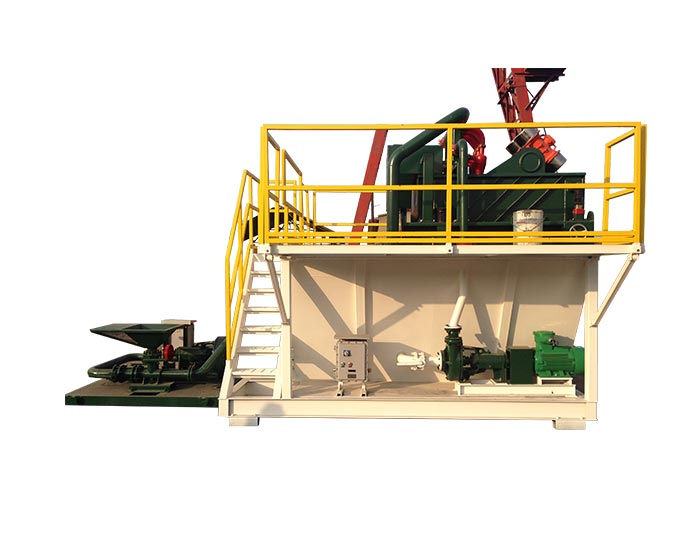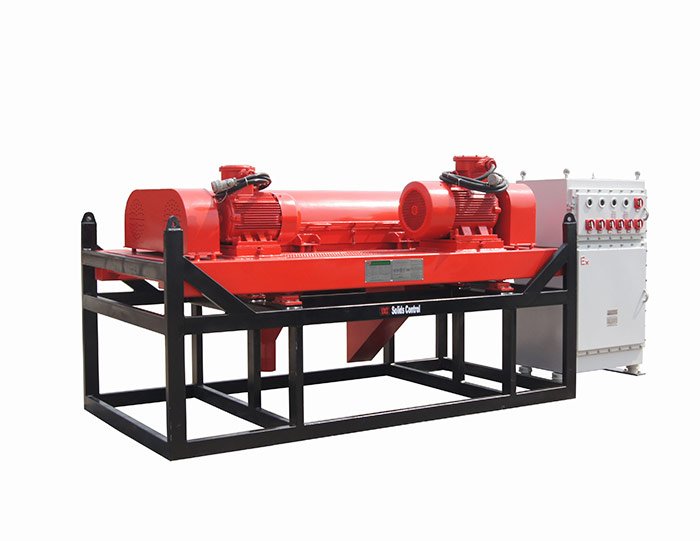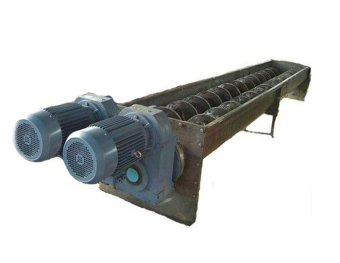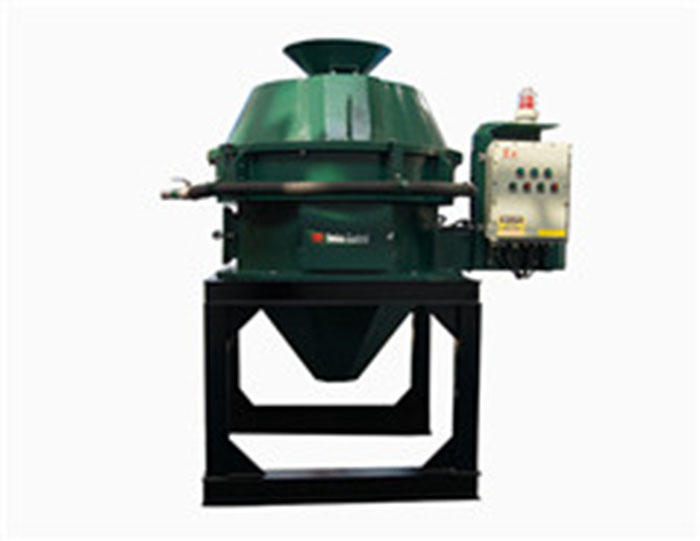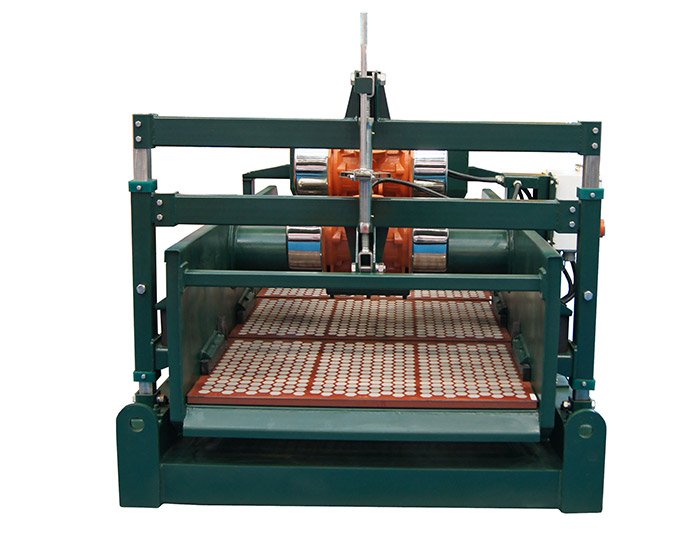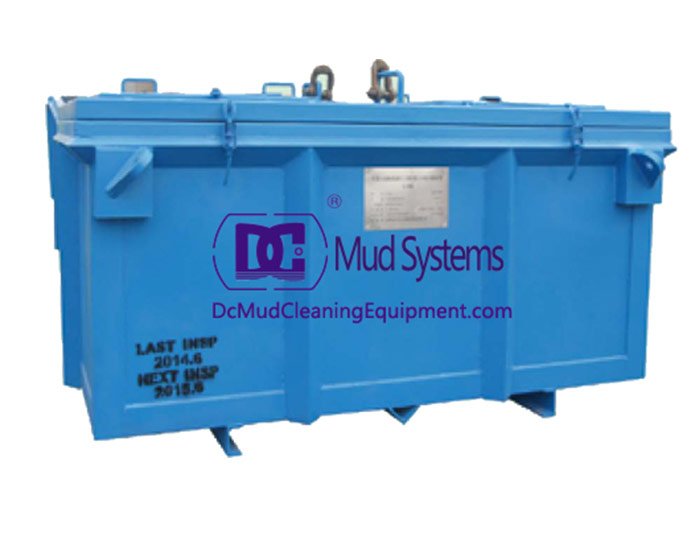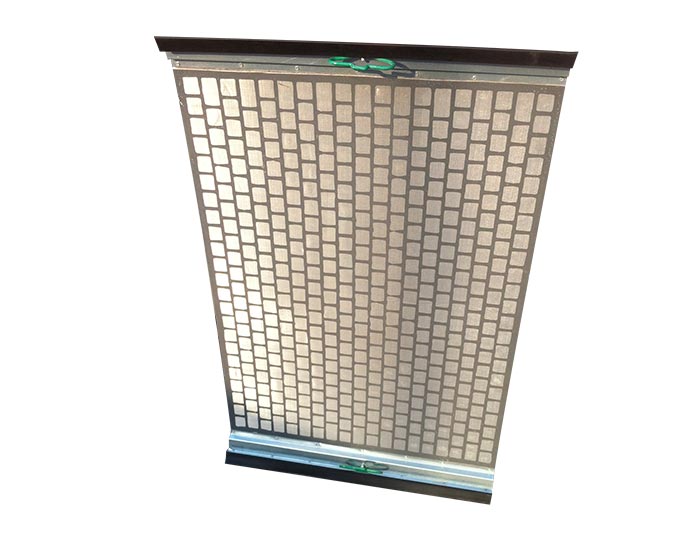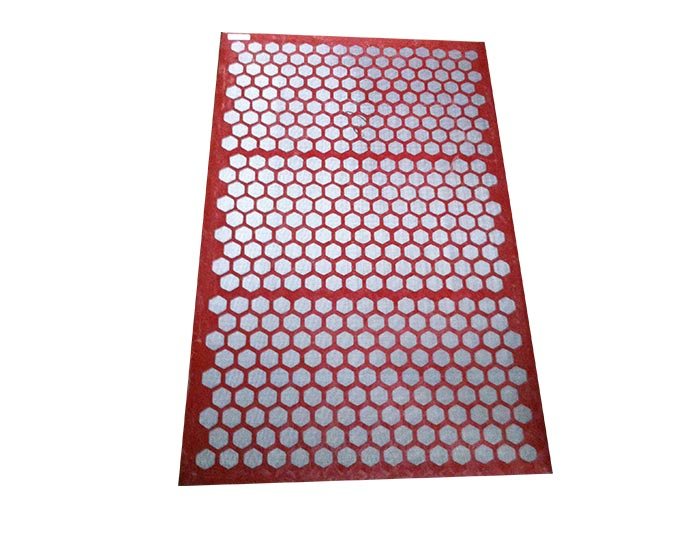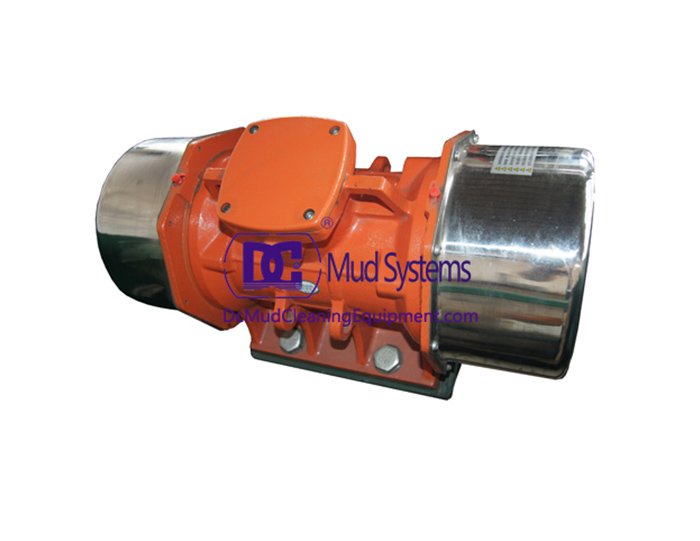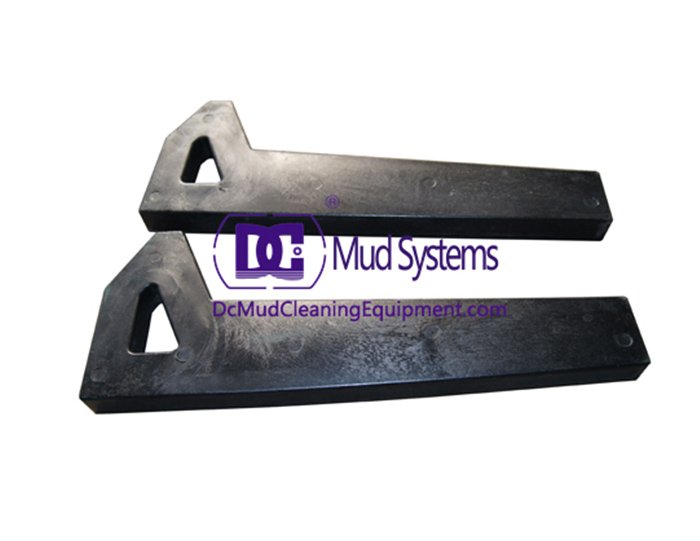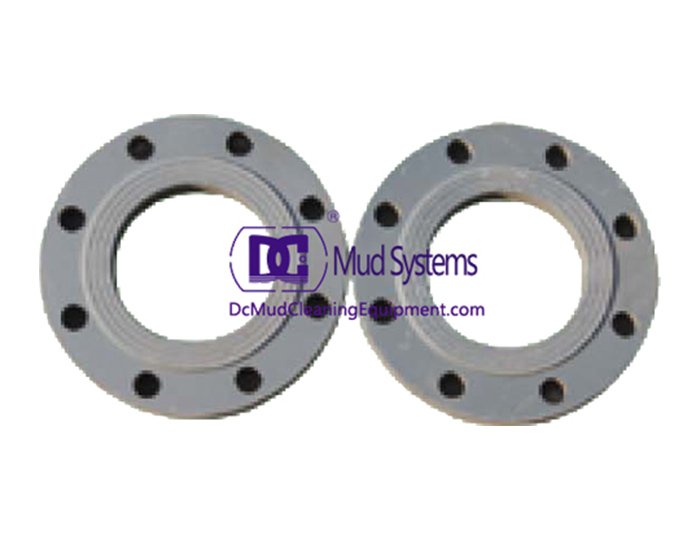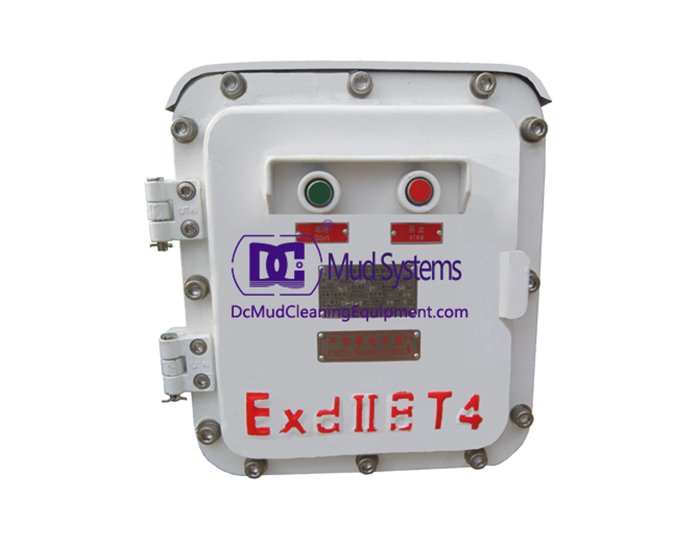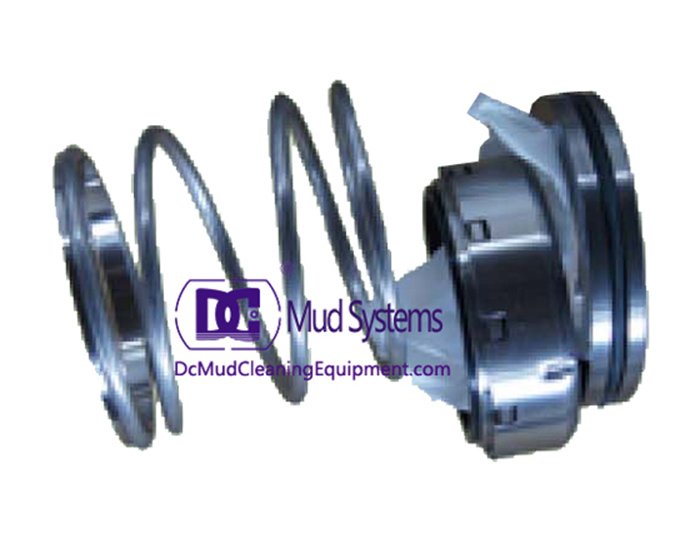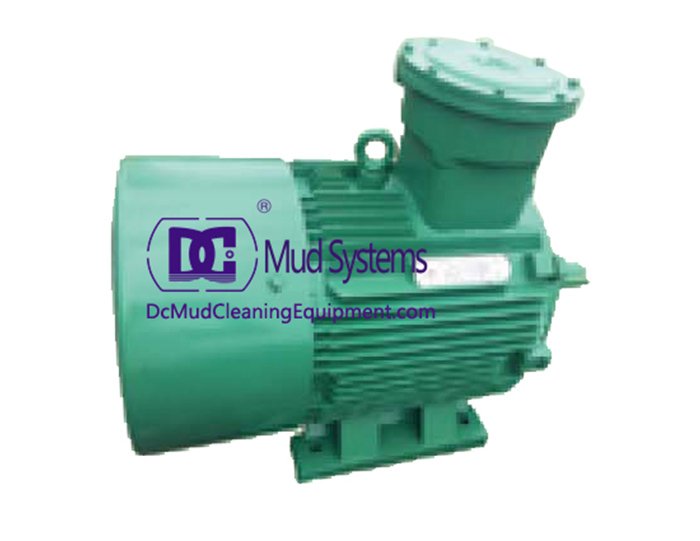In drilling, mud systems remove solid materials from drilling fluid, or drilling mud. This drilling mud is a mixture of water, oil, clay, and chemicals, depending on the requirements of each drilling application. It is used to help cool the cutting bit as it burrows through hard rock and soil, and also to remove cuttings from the bore to make way for the bit and related equipment. Mud systems allow workers to reuse drilling fluid over and over again, which helps to save money and protects the environment from disposal-related pollution.
To understand how mud systems work, it's helpful to first understand how drilling mud is used. The drilling bit is connected to the derrick using a hollow pipe or line. Drilling mud is pumped through this line, where it exits through holes cut in and around the bit. The mud captures rock and waste materials in the bore, then carries then back up to the surface through the empty space around the drilling line. From here, the mud system removes solid rock and other contaminants, then pumps the mud back into the line for reuse.
Mud systems are designed to capture a majority of solid particles within the drilling fluid, which helps to prevent these solids from damaging the drilling mechanism. Most of these systems rely on a basic shale shaker device, which consists of a vibrating screen that filters out larger particles. Liquid drops through the shaker, and may pass through a second vibrating screen to capture any remaining solid materials
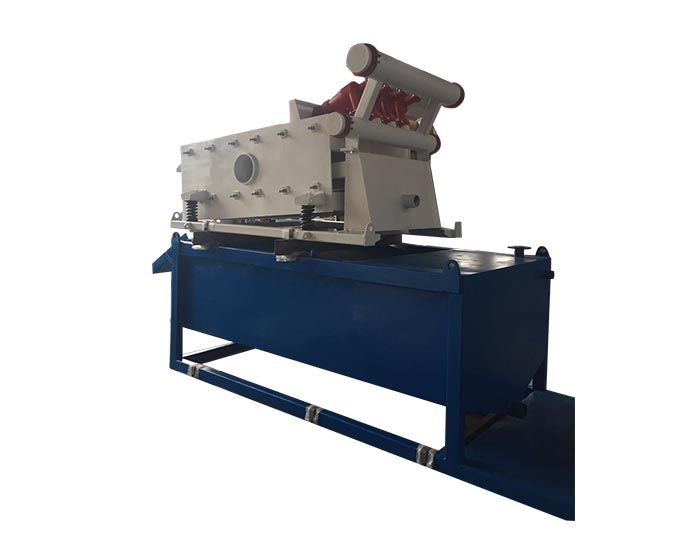
Some specialized applications may require more advanced mud systems to filter out a larger percentage of materials. This may be required on more sensitive applications, or those subject to strict environmental laws. These mud systems include a hydrocyclone device, which removes excess solids through the use of centrifugal force. Drying systems are another advanced technology used to dry out the mud to separate liquids from solids.
Mud systems play an important role in the drilling and petroleum industries. These systems can be used to capture valuable particles in the mud, including metals, minerals and petroleum. They also allow drilling fluid to be reused over and over without damaging the drill. This helps to cut costs and also to minimize resources required to complete the project. Finally, a mud system aids in safe disposal by allowing workers to collect potentially hazardous materials and decontaminate them before sending them to a landfill.
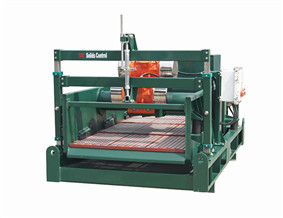 Linear Motion Shale Shaker In Drilling Rig
Linear Motion Shale Shaker In Drilling Rig 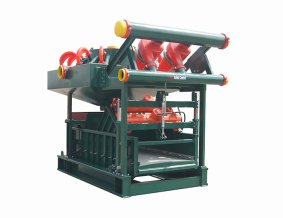 Oilfield Mud Cleaner
Oilfield Mud Cleaner 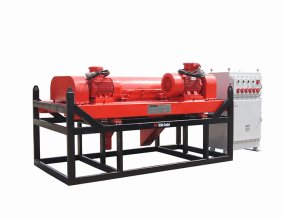 Drilling Fluid Decanter Centrifuge
Drilling Fluid Decanter Centrifuge Drilling Mud Desander
Hydrocyclone Desilter
Centrifugal Pump/Centrifugal Mud Pump
Shear Pump
Jet Mud Mixer
Horizontal Mud Agitator
Constant Pressure Drilling Fluid Mud Gas Separator
Mud Gun
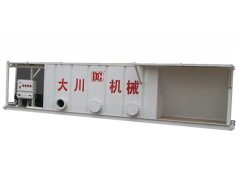 Mud Tank
Mud Tank Solids Control System Vacuum Degasser
 Flare Ignition Device
Flare Ignition Device  Diesel Tank
Diesel Tank  Submersible Slurry Pump
Submersible Slurry Pump 



